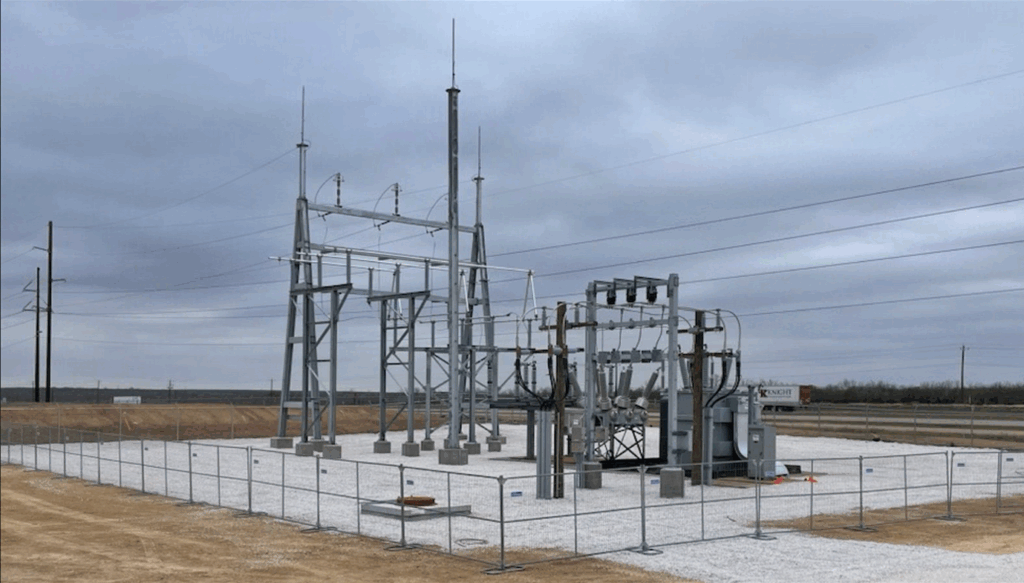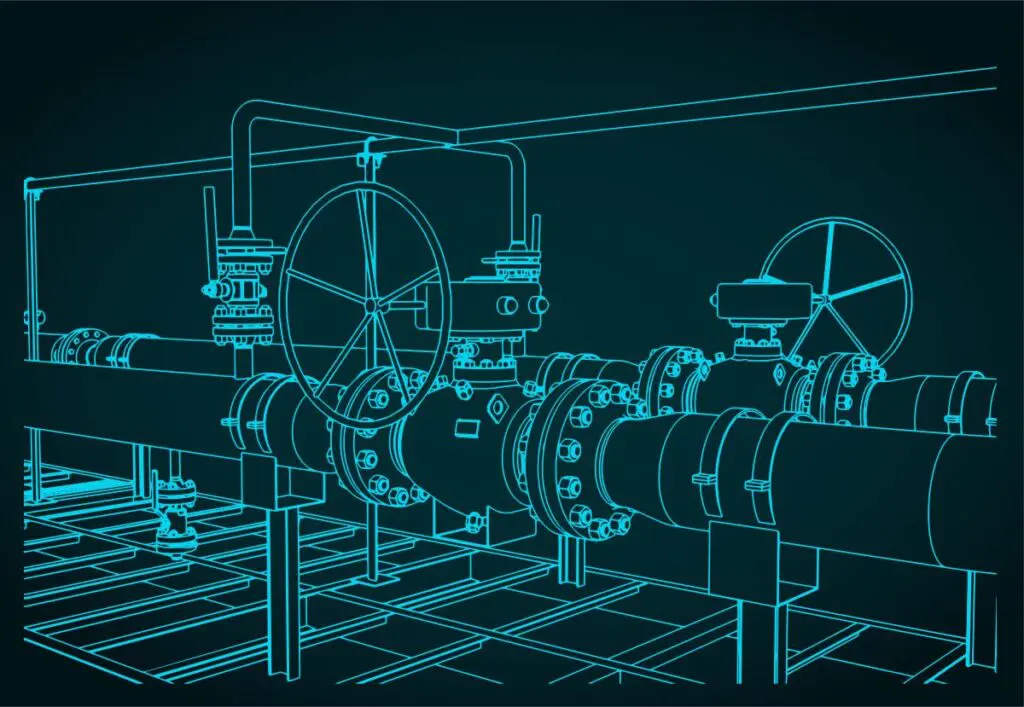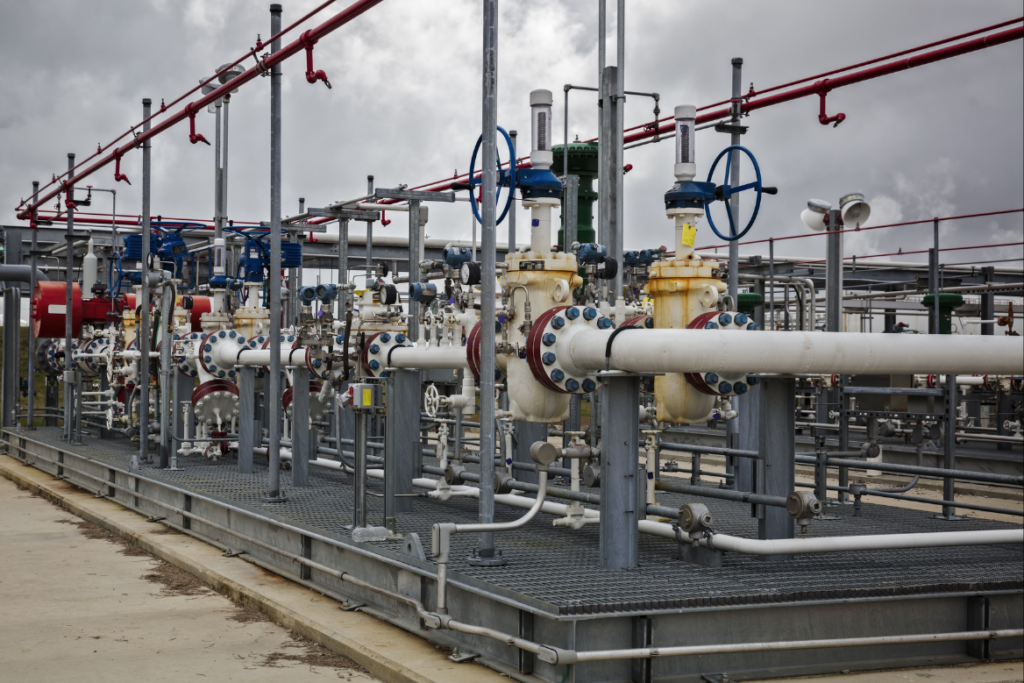

Want to share this article?
Pipeline Monitoring Moving Forward with Technology
With over 1.3 million miles of energy pipelines in the U.S. alone, failure points are inevitable.
The U.S. Department of Transportation has found that 28 percent of those failure points are at welds or operating equipment, requiring millions of dollars of repairs and environmental cleanup. However, risks to the environment and human safety are still able to be minimized by sticking to proven standards and implementing effective pipeline monitoring strategies. Today that risk reduction is even greater with technologies like computational pipeline monitoring (CPM).
These monitoring systems typically depend on SCADA, a system for controlling remote equipment and gathering valuable data from it. These monitoring systems contain sensors, gauges, fiber optic cables, and magnetic inline inspection tools that feed all sorts of visual, acoustic, and physical data to a data management platform for analysis, simulation, and archiving. The CPM can compare existing conditions to optimal conditions and warn personnel when pressure, corrosion, and equipment issues are impending. Additionally, as data is collected over the long term, models of normal and abnormal operation can be improved.
Another emerging technology in pipeline monitoring is the unmanned aircraft. While energy pipeline inspections already require some level of aerial surveillance, unmanned aircraft — if proven safe and effective — could reduce inspection costs and risks to pilots. One of the first tests of unmanned drones over petrochemical infrastructure occurred in early 2012 by the University of Alaska Fairbanks. More recently, Virginia Tech announced at the end of March that as part of its role in a Federal Aviation Administration (FAA) national test program it had tested a fixed-wing unmanned aircraft loaded with sensors able to recognize threats to safe pipeline operation. With more testing and safety guarantees, unmanned aircraft may eventually join other technologies like CPM in ensuring pipeline integrity and efficiency.











